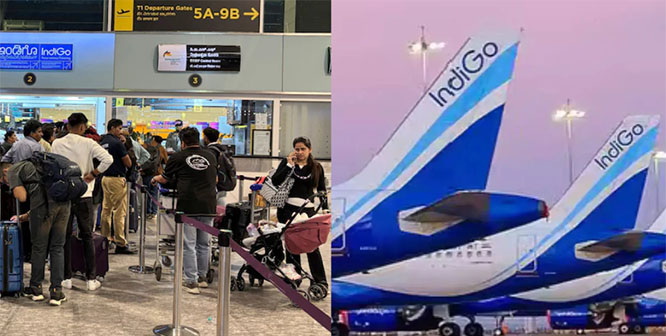
Children’s Cancers are rare compared to those in adults.
Worldwide, around 3 lakh children and adolescents are diagnosed with cancer every year and 80% of them live in developing countries.
As infectious diseases are becoming more controlled in children, cancer is emerging to be the leading cause of death after accidental deaths.
The good news is that most of the children’s cancers are now curable, but many factors are acting against achieving this result. Because they have their uniqueness, both biologically and psychologically, they must be treated in dedicated Pediatric Cancer Units to achieve results.
Types of Childhood Cancers
More than a dozen kinds of childhood cancers and a hundred different subtypes exist.
Blood cancers, brain cancers, and neuroblastomas account for more than half of the cancers in children.
The most common childhood cancer is Acute Lymphoblastic Leukemia (ALL). In the 1950s, almost every child with ALL died. But today, about 90% of children with ALL survive.
Causes
The cause is usually unknown and not linked to any environmental or genetic factors apart from a small proportion (5%) which is caused by an inherited genetic condition.
In adults, the mutations reflect the cumulative effects of aging, long-term exposure to cancer-causing agents. However, it has been difficult to identify potential environmental causes of childhood cancer.
The analogy is that most cancers develop as a result of mutations in genes that lead to uncontrolled cell growth.
Treatment
It is important to know that Children's cancers are not always treated like adult cancers.
Children should not only survive, but thrive. To achieve this, Cancer needs to be diagnosed early and treated in dedicated Paediatric Oncology Units where the team is focused and qualified to respond to children's needs. Many individuals are not aware that this expertise exists and that many childhood cancers are handled successfully.
The types of treatment that a child with cancer receives will depend on the type of cancer and how advanced it is. Common treatments include chemotherapy, surgery, radiation, immunotherapy, and bone marrow transplantation.
What is the outlook?
Most childhood cancers are highly curable, provided prompt and effective treatment is accessible.
In resource-rich countries, three out of four children survive (about 80%).
The Survival gap…
Unfortunately, this is not the case in India. Around 80% of children with cancer live in developing countries and more than half die. There are no cancer registries to give us accurate statistics, children are often not diagnosed, or diagnosed too late, and limited access to information and life-saving treatment.
However, the situation is becoming more hopeful with the availability of dedicated Paediatric cancer Units providing excellent standards of care.
Children’s Cancers are curable and they are no less important than children fighting malaria, dengue, malnutrition, and other causes of death.
Let us stand up to cancer and strive to save our children!
Dr Parinitha Gutha is a Senior Consultant, Paediatric Oncology/Hematology at American Oncology Institute, Hyderabad






Comments
Add new comment